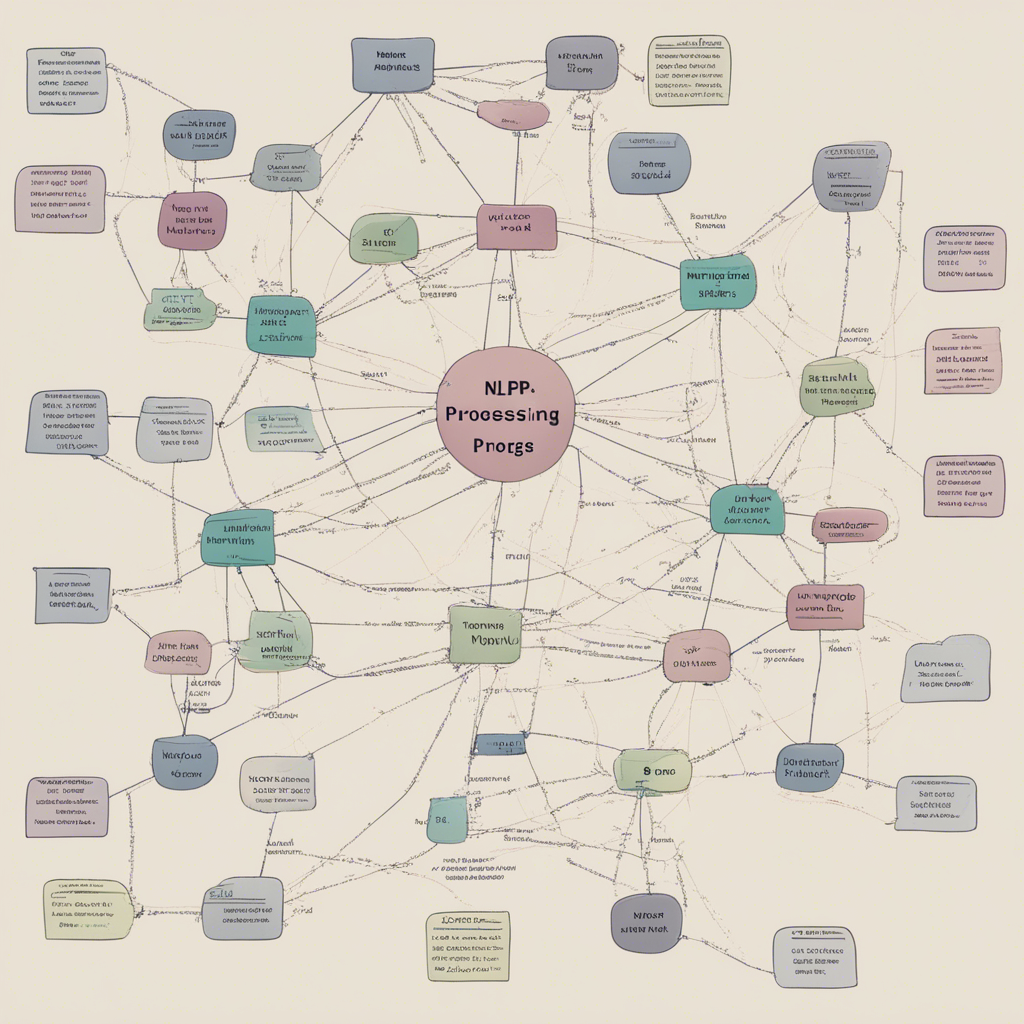
The Math Behind Machine Learning Algorithms
Machine learning algorithms are increasingly prevalent in our daily lives, from recommendation systems on e-commerce websites to self-driving cars. Behind the scenes, these algorithms rely heavily on mathematical principles to make predictions and learn from data. In this blog post, we will explore the mathematics behind machine learning algorithms, providing a detailed understanding of the key concepts and equations involved.
Linear Regression
Linear regression is one of the foundational algorithms in machine learning. It is used to model the relationship between a dependent variable and one or more independent variables by fitting a linear equation to the observed data. The goal is to minimize the sum of the squared differences between the predicted and actual values.
The math behind linear regression involves the calculation of the least squares solution. Given a set of training data with inputs X and outputs y, the equation for the linear regression model can be written as:
y = β0 + β1*X1 + β2*X2 + ... + βn*Xn
where β0, β1, β2, …, βn are the regression coefficients, and X1, X2, …, Xn are the independent variables.
To estimate the coefficients that minimize the sum of the squared differences, the ordinary least squares method is often used. This involves solving the following equation:
β = (X^T * X)^-1 * X^T * y
In this equation, X^T represents the transpose of X, and X^T * X denotes the dot product of the transposed X with itself. Finally, (X^T * X)^-1 is the matrix inverse of X^T * X.
Logistic Regression
Logistic regression is a classification algorithm used to predict the probability of an event occurring. It is commonly used in binary classification problems, where the output variable can take two possible values. The mathematics behind logistic regression involves modifying the linear regression equation to constrain the predicted values between 0 and 1 using a sigmoid function.
The sigmoid function, also known as the logistic function, is defined as:
σ(z) = 1 / (1 + e^(-z))
where z is the linear combination of the input variables and their corresponding coefficients. The logistic regression model can be represented as:
p = σ(β0 + β1*X1 + β2*X2 + ... + βn*Xn)
Here, p represents the probability of the event occurring given the input variables.
To estimate the regression coefficients in logistic regression, the maximum likelihood estimation (MLE) method is often used. The goal is to find the coefficient values that maximize the likelihood of observing the training data given the model. This is typically done through an iterative optimization algorithm, such as gradient descent.
Support Vector Machines
Support Vector Machines (SVMs) are powerful algorithms used for both classification and regression tasks. They rely on mathematical principles, particularly linear algebra and calculus, to find the optimal hyperplane that separates different classes or predicts the continuous target variable.
In its simplest form, SVMs aim to find the hyperplane that maximizes the margin between the support vectors, which are the data points closest to the decision boundary. This can be formulated as a convex optimization problem, often solved using quadratic programming.
The math behind SVMs involves manipulating vectors and matrices to find the optimal hyperplane. The key concepts include the dot product, kernel functions, and Lagrange multipliers. While the mathematical details can be complex, understanding these principles helps in grasping how SVMs work robustly in various scenarios.
Decision Trees
Decision trees are versatile machine learning algorithms used for both classification and regression tasks. They build a hierarchical structure of if-else statements based on the training data to make predictions.
The mathematics behind decision trees lies in the information gain (or entropy) principle. At each step of the tree building process, the algorithm selects the feature that maximizes the information gain, indicating the best split of the data. This measure is often based on concepts from information theory, such as entropy and information gain.
The information gain is calculated using various mathematical equations, such as the entropy formula:
H(S) = - ∑ (p_i * log2(p_i))
In this equation, S represents a set of data points, and p_i denotes the proportion of data points belonging to the i-th class.
Neural Networks
Neural networks are highly complex and flexible models that can solve a wide range of machine learning problems, from image recognition to natural language processing. The mathematics behind neural networks involves concepts from linear algebra, calculus, and optimization.
At a high level, a neural network consists of interconnected layers of artificial neurons (also called nodes or units) that process and propagate information. Each neuron applies a non-linear transformation to a weighted sum of its inputs, typically followed by an activation function.
The learning process in neural networks involves training the model by adjusting the weights and biases using optimization algorithms such as backpropagation and stochastic gradient descent. These algorithms rely on calculus, particularly partial derivatives, to update the model parameters in a way that minimizes the loss function.
Conclusion
Machine learning algorithms rely on a strong foundation of mathematics to make accurate predictions and learn from data. The mathematical concepts discussed in this blog post, from linear regression to neural networks, form the backbone of the algorithms used in various domains.
Understanding the math behind machine learning algorithms provides insights into how they work and enables practitioners to fine-tune their models for optimal performance. By delving into the equations and principles behind these algorithms, we can contribute to advancements in the field and drive the development of more powerful and sophisticated machine learning techniques.
References:
-
Hastie, T., Tibshirani, R., & Friedman, J. (2009). The Elements of Statistical Learning: Data Mining, Inference, and Prediction. Springer.
-
Bishop, C. M. (2006). Pattern Recognition and Machine Learning. Springer.
-
Goodfellow, I., Bengio, Y., & Courville, A. (2016). Deep Learning. MIT Press.






